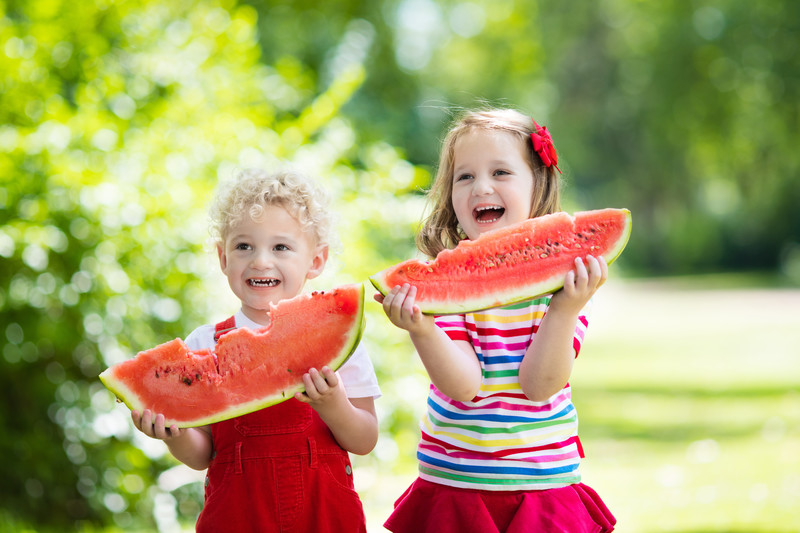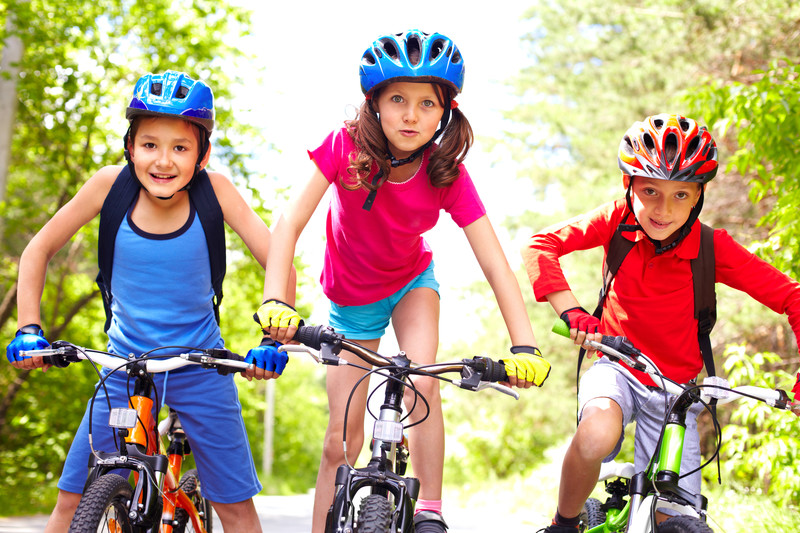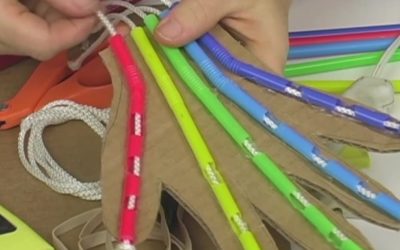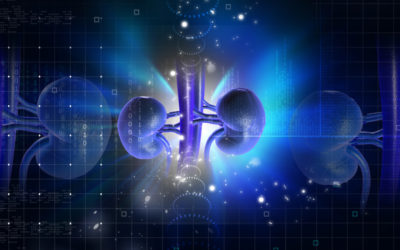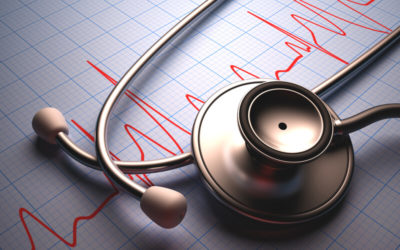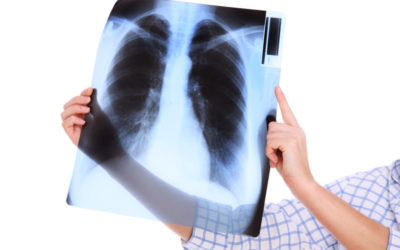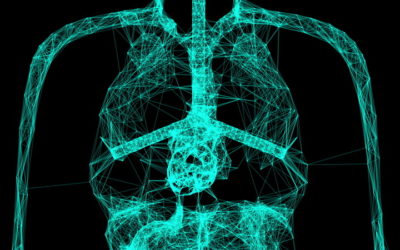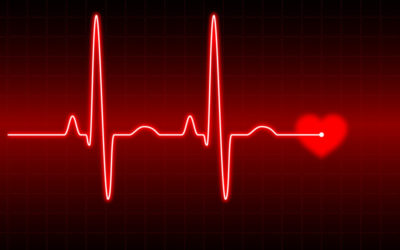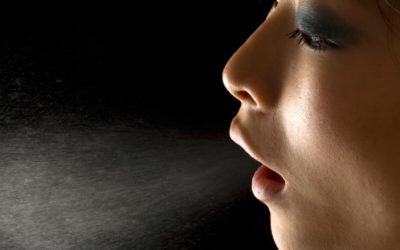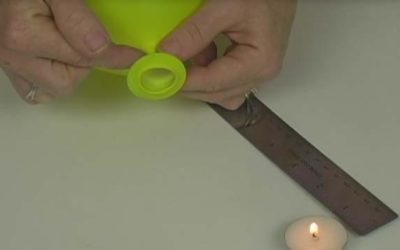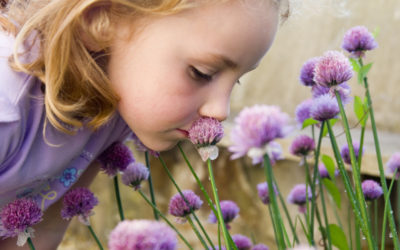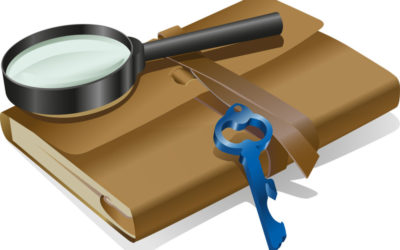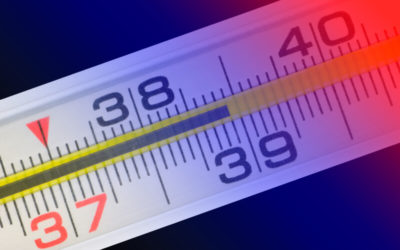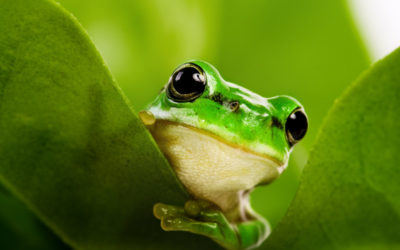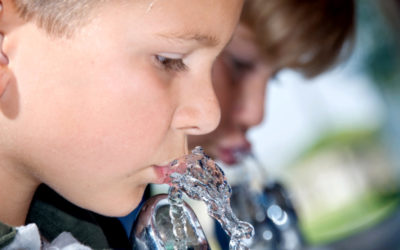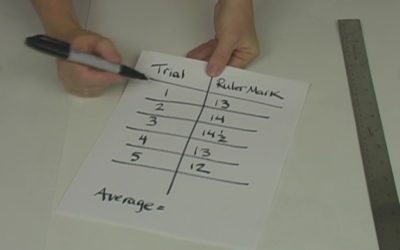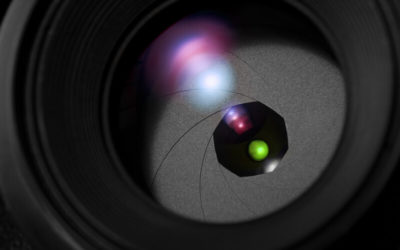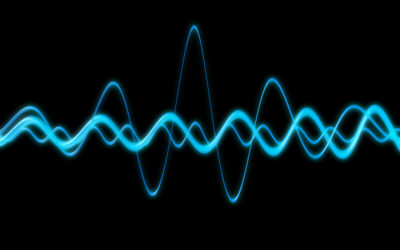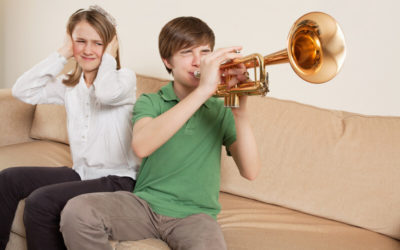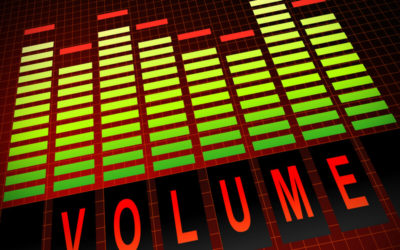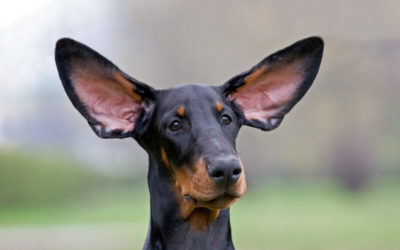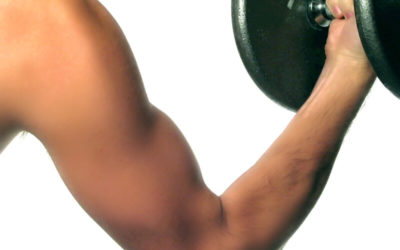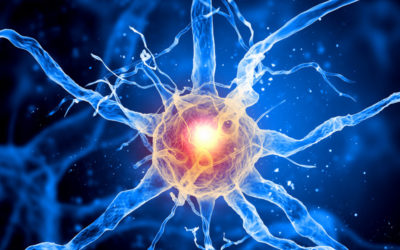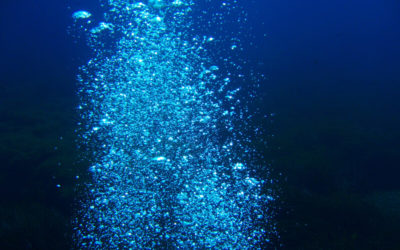Nutrition for Kids
KIDS: Your goal here is to learn how to take good care of yourself by seeing food as fuel for the body. By setting up a few things in the right way, you can learn how to make choices that help rather than hurt you in the long term. As an adult, I’ve noticed that...
Daily Exercise Rituals for Kids
Kids are naturally excited about running around, chasing each other, and trying out that new bike. Especially when they are younger! The goal is to set up a lifetime habit of health and vitality, where you have more energy than most adults do for all the incredible...
Robotic Hand
Your body moves when muscles pull on the bones through ligaments and tendons. Ligaments attach the bones to other bones, and the tendons attach the bones to the muscles. If you place your relaxed arm on a table, palm-side up, you can get the fingers to move by pushing...
All About Kidneys
Although urine is sterile, it has hundreds of different kinds of wastes from the body. All sorts of things affect what is in your urine, including last night’s dinner, how much water you drink, what you do for exercise, and how well your kidneys work in the first...
Stethoscope
Stethoscopes are instruments used to amplify sounds like your heartbeat. Your doctor is trained to use a stethoscope not only to count the beats, but he or she can also hear things like your blood entering and exiting the heart and its valves opening and closing....
What’s Your Lung Capacity?
Today you will make a calibrated, or marked, container that you will use to measure your lung capacity. You will fill the calibrated container with water, slide a hose into it, take a really deep breath, and blow in the hose. As the air in your lungs enters the...
Working Lung Model
Food and air both enter your body through your mouth, diverging when they reach the esophagus and trachea. Food goes to the gastrointestinal tract through your esophagus and air travels to your lungs via the trachea, or windpipe. You will be making a model of how your...
Heart Rate Monitoring
When you exercise your body requires more oxygen in order to burn the fuel that has been stored in your muscles. Since oxygen is moved through your body by red blood cells, exercise increases your heart rate so that the blood can be pumped through your body faster....
Detecting Carbon Dioxide
An oxygen and carbon dioxide exchange takes place in your bloodstream. When you breathe air into your lungs it brings in oxygen, which is carried from your lungs by red blood cells in your bloodstream. Cells of your body use the oxygen and carbon dioxide is produced...
Chemical Fingerprinting
Did you know that the patterns on the tips of your fingers are unique? It’s true! Just like no two snowflakes are alike, no two people have the same set of fingerprints. In this experiment, you will be using a chemical reaction to generate your own set of blood-red...
Eyeballoon
In this lab, we are going to make an eyeball model using a balloon. This experiment should give you a better idea of how your eyes work. The way your brain actually sees things is still a mystery, but using the balloon we can get a good working model of how light gets...
Scent Matching
We now know that odor molecules are diffused throughout a room by the motion of air molecules, which are constantly moving and bumping into them. We also know that warm air moves faster than cold air, and that increasing the movement of the air (like with a fan) will...
Detective Boxes
In addition to looking pretty neat with all those loops and whirls, your fingertips are great at multitasking. The skin on them has a ton of receptors that help us to gather a lot of information about our environment such as texture, movement, pressure, and...
Finger Thermometers
Your fingers have receptors which perform various jobs. In addition to touch, they can detect pressure, texture, and other physical stimuli. One specialized type of receptors is called Ruffini’s receptors. They are good at identifying changes in pressure and...
Disappearing Frog Experiment
Your optic nerve can be thought of as a data cord that is plugged in to each eye and connects them to your brain. The area where the nerve connects to the back of your eye creates a blind spot. There are no receptors in this area at all and if something is in that...
Swallowing
Peristalsis is the wavelike movement of muscles that move food through your gastrointestinal tract. The process of digestion begins with chewing and mixing the food with saliva. From there, the epiglottis opens up to deposit a hunk of chewed food (called bolus) into...
Diffusion
Everything living produces some sort of odor. Flowers use them to entice bees to pollinate them. We know that the tastes of foods are enhanced by the way that they smell. As humans, each of us even has own unique odor. In this lab, we look at the diffusion of scents....
Visual Reflex
Voluntary nerves are the ones that are under our direct control. Others, called involuntary nerves, are under the control of our brains and create involuntary reactions. Here’s what you need 1 metric ruler 5 volunteers Here’s what you do You will begin by testing your...
Camera Eyes
Your eyes have two different light receptors located on the back of the eyeball. These are the rods, which see black, white and grays, and the cones, which see color. In order to adapt to the dark, our eyes make a chemical called visual purple. This helps the rods to...
Sound Speed
Sound has the ability to travel through the states of matter: solids, liquids, and gases. In this experiment we will study the movement of sound through these three states. Here’s what you need 3 baggies, resealable sand water air 1 desktop 1 spoon 1 partner ...
Sound Matching
You know that sound comes from vibration which are picked up by the pinna (external part of the ears). Then the vibrations vibrate your tympanic membrane, which in turn vibrates the ossicles and then the cochlea. The cochlea sends information through the auditory...
Sound Whackers
Have you ever held a plastic ruler over the edge of a desk or table and whacked the end of it? If so, you would notice a funny sound. This sound changes if you change the length of the ruler that is hanging over the edge. The sound you hear is made by the ruler’s...
Big Ears
How do you think animals know we’re around long before they see us? Sure, most have a powerful sense of smell, but they can also hear us first. In this activity, we are going to simulate enhanced tympanic membranes (or ear drums) by attaching styrofoam cups to your...
Testing Muscle Strength
Some groups of muscles are stronger than others because each group is designed for a different and specific function. It just makes sense that the muscle groups in our legs would need to be stronger than the ones in our toes. For this experiment, you will use a...
Nerve Tester
Our sense of touch provides us with information that helps us to process and explore our world. Nerves play an important part in the sense of touch by being the wires that carry signals from the skin to the brain. But the body has a plan in place so that our brains...
Tendon Reflex
Involuntary responses are ones that you can’t control, but they are usually in place to help with survival. One good example is when you touch something hot. Your hand does not take the time to send a message to your brain and then have the brain tell your hand to...
Consuming Oxygen
This experiment not only explains how your body uses oxygen, but it is also an experiment in air pressure circles – bonus! You will be putting a dime in a tart pan that has a bit of water in it. Then you will put a lit candle next to the dime and put a glass over the...

